沙彌親光講於2012年3月7日星期三晚 萬佛城大殿 A talk given by Shramanera Chin Guang on March 7 (Wed), 2012 at Buddha Hall of CTTB
Audio clip: Adobe Flash Player (version 9 or above) is required to play this audio clip. Download the latest version here. You also need to have JavaScript enabled in your browser.
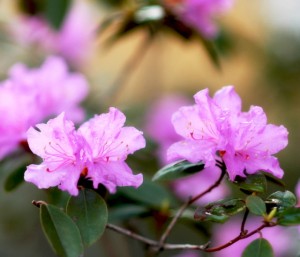 諸佛菩薩、宣公上人、各位法師、各位善知識:今晚輪到沙彌親光練習講法。如有不妥,敬請指教。今天晚上講的,就是一樣的,今年年終大考的一些心得報告。
諸佛菩薩、宣公上人、各位法師、各位善知識:今晚輪到沙彌親光練習講法。如有不妥,敬請指教。今天晚上講的,就是一樣的,今年年終大考的一些心得報告。
修行在聖城,需了知,除有宣公上人的「一切是考驗,看你怎麼辦」的時時考外,還有每一年年終大考。這些考都是叫我們時時刻刻不要忘記修行,並要積極承擔生命種種的考驗,來達到最後能夠了生脫死。這就是大家來聖城的主要目的。
假如沒有經歷過純青爐火的考驗,是打造不出名貴的金剛寶劍。如來寺禪堂有對聯,「大冶洪爐煉金剛,十方諸佛護道場。一切聖賢從此出,娑婆又增法中王。」真是要衷心感激宣公上人及道場的法師們,恨鐵不成鋼的慈悲心腸,給予佛弟子們修學環境及歷練的機會。
佛法之可貴之處,是在於能夠解決人類生命的困苦,並能夠教導如何離苦得樂,隨眾生根性,可參禪、念佛、持咒、經教等等法門。
末學是以念佛為主,但不幸最近因為膝蓋折傷,不但不能夠盤腿,連彎腿都像刀子割了的疼痛。因為這些疼痛,也促使末學更要積極用功修行,也深感念佛的需要以及逼迫性。就像蓮池大師他所說的這個偈頌,「疾病由來是藥方,深知生死是無常。念念彌陀休背覺,心心極樂願還鄉。」這就是鼓勵我們要能夠警惕生死無常的痛苦,所以勸我們趕緊念佛到西方極樂的故鄉。
在《虛空打破明心地》的書上,有宣公上人鼓勵我們參禪修行的,要百尺竿頭更進一步地,邁向十方世界。但是要如何去突破這一步呢?是末學極想知道的答案。在禪宗書上,末學讀過這樣的一個公案。
這個公案是發生在宋朝的臨濟宗第十一代祖師楊岐方會的時候。有一天,方會和尚到茶陵山的道場掛單。茶陵山就在現在的湖南衡陽縣。當時有一位茶陵郁禪師,他知道了這個臨濟宗的祖師大德來訪,就趕快去請法,請參禪的要旨。方會和尚就跟他說,過去,有一些弟子每次向法燈禪師請教,百尺竿頭要如何更進一步時,這位法燈禪師總是回答,「嗯。」只有「嗯」字,後面就沒有講什麼。今天你問我這個參禪的要旨,就是這個「嗯」。今後你要好好地用心參究,將會有好的消息。
所以這個茶陵郁禪師聽了以後呢,就守著這個「嗯」,在行住坐臥,二六時中,都未離開心念。這樣子就守了三年。有一天,外面的來請他去祈福,普照,就是做佛事。他騎著一只小驢,就前去。在路上經過一座木橋。這個小驢子走啊走,就踩到一個破洞。驢背上的禪師從驢背上摔了下來,跌了個滿天星斗。但這時候的一個剎那,他心還是緊扣著這個「嗯」的出來。
這時候的茶陵郁禪師如水清魚現,豁然大悟。於是他作了一個詩,說,「我有明珠一顆,久被塵勞關鎖。今朝塵盡光生,照破山河萬朵 。」他就回去請教方會和尚,給他印證。方會和尚印證,的確是明心見性。
茶陵郁禪師開悟了以後,他就專在廟上度眾生,收一些徒弟。其中有一位白雲守端禪師,就是他的剃度徒弟。白雲禪師也就是臨濟宗第十二代的接班人禪師。
這位白白雲守端禪師禪師,後來他也去方會和尚那裡去參學。有一天,老和尚問白雲禪師說,你的授業師,就是你的老師,剃度師是誰?他答說,茶陵郁和尚。他聽了以後就跟他說,我聽說茶陵郁和尚是有一天他過橋,摔了一跤,因此而開悟的。你記得他開悟的偈頌嗎?他的弟子白雲就把它誦出來。誦完以後,方會和尚不但沒有贊嘆他,就走到他面前,而且跟他笑了一下,「嘿嘿」,就走到他的禪房去。
這時候白雲禪師,真的是一頭霧水,不曉得是說錯了什麼,是怎樣子,這個老和尚怎麼嘿嘿地笑呢?白雲禪師就一肚子的疑惑,晚上也睡不好,一直捱到天亮,迫不及待地,就趕快去請教老和尚。老和尚就很正式地跟他說,你有沒有看到耍猴子把戲的小丑嗎?白雲說,我看過啊。那你根本就不能夠跟他比。
這時候的白雲更是不可思議,就問,你這個話是什麼意思。老和尚就跟他說,你看那個小丑啊,就是做出各種的動作或是聲音,都是千方百計要博得別人的歡笑;而你呢,卻經不起別人輕輕地一笑。
這時候,白雲禪師頓然地虛空粉碎,播雲見月一般地,無始來的根深柢固的我執跟我我見,都盪除乾凈。於是他說了一個偈頌,來贊嘆他的剃度師,就是茶陵郁禪師。是這樣寫的:
百尺竿頭曾進步,溪橋一踏沒山河;
從茲不出茶川上,吟嘯無非邏哩囉。
這個是他的,也算是一個開悟的人。他後來就接第十二代臨濟宗祖師之位。
從以上的公案我們知道,關鍵人物就是臨濟宗祖師方會和尚,他使師徒兩個人都開悟。所以我們親近明師,善知識,是非常重要。還要加上自己用功,專心守一,即長遠心。最後還要加上成熟的機緣,好像摔跤啊,或是嘻嘻被一笑啊,都可以促成好消息,而成為歷史的公案。最後祝大家早日百尺竿頭更進一步的好消息,成為歷史的一個公案。阿彌陀佛。


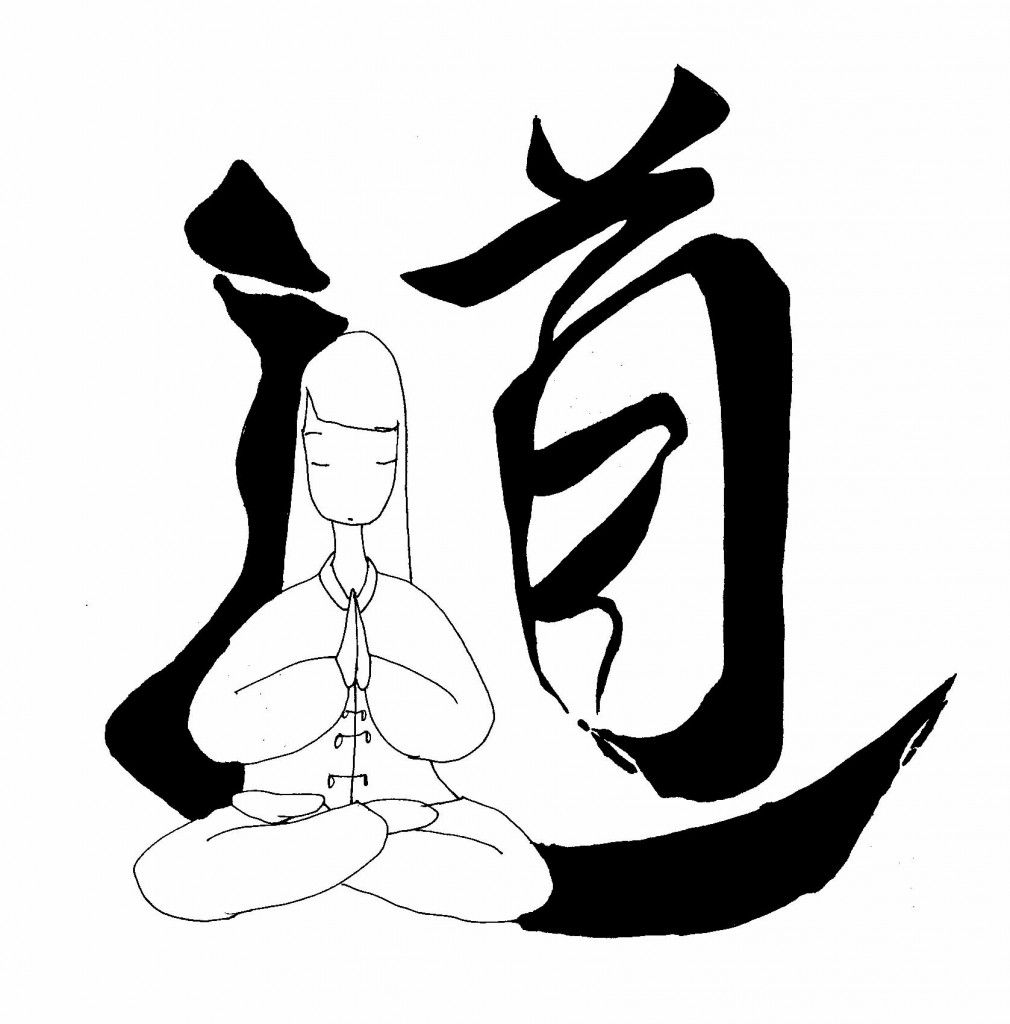
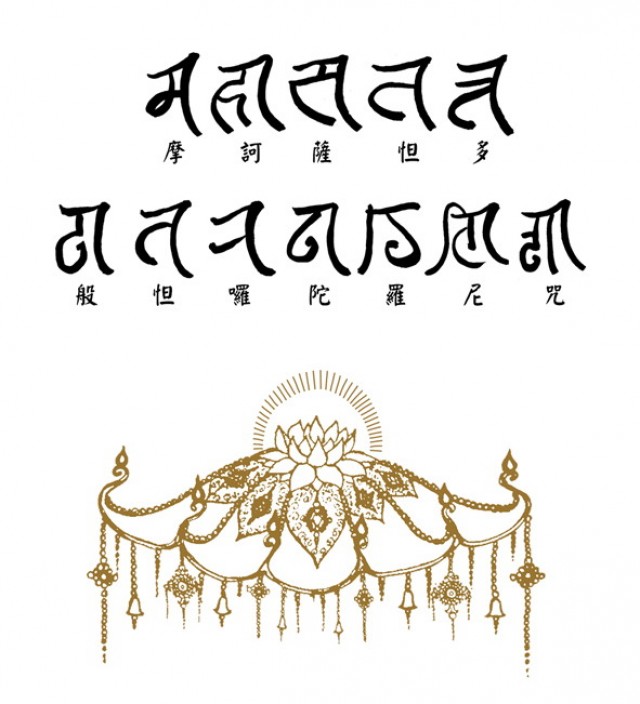
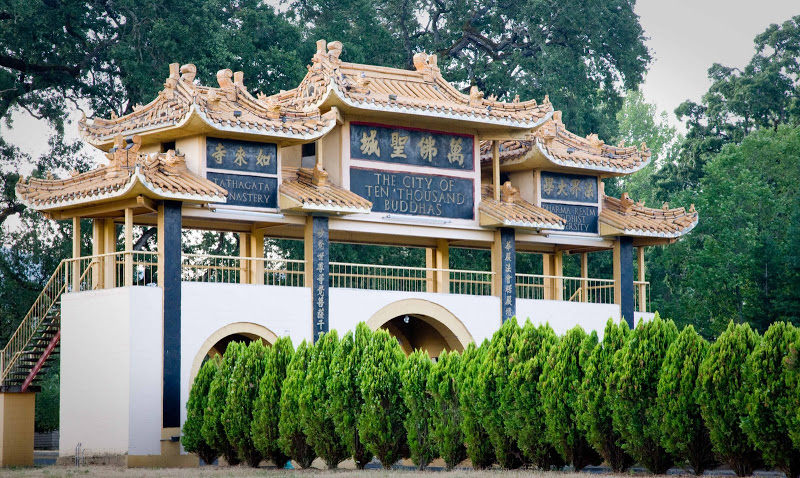

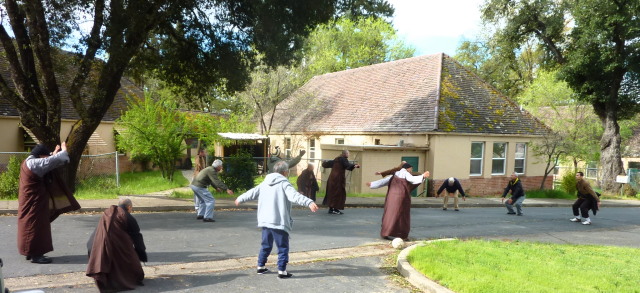
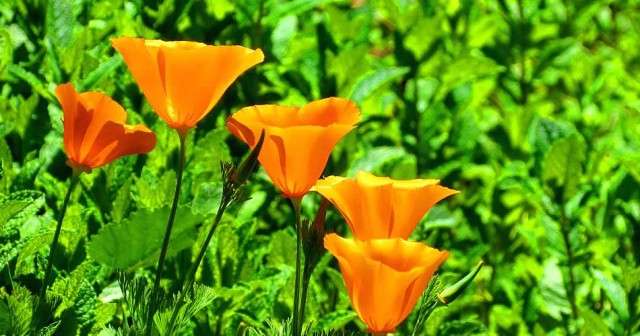
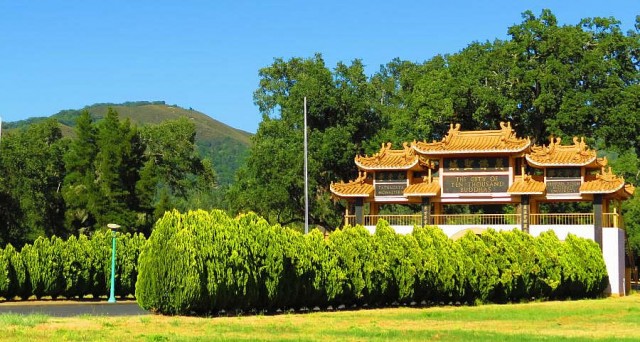

 諸佛菩薩、上人、各位法師、各位居士,我是恆猷。
諸佛菩薩、上人、各位法師、各位居士,我是恆猷。 上人,諸位法師,諸位佛友,阿彌陀佛。
上人,諸位法師,諸位佛友,阿彌陀佛。 諸佛菩薩、宣公上人、各位法師、各位善知識:今晚輪到沙彌親光練習講法。如有不妥,敬請指教。今天晚上講的,就是一樣的,今年年終大考的一些心得報告。
諸佛菩薩、宣公上人、各位法師、各位善知識:今晚輪到沙彌親光練習講法。如有不妥,敬請指教。今天晚上講的,就是一樣的,今年年終大考的一些心得報告。